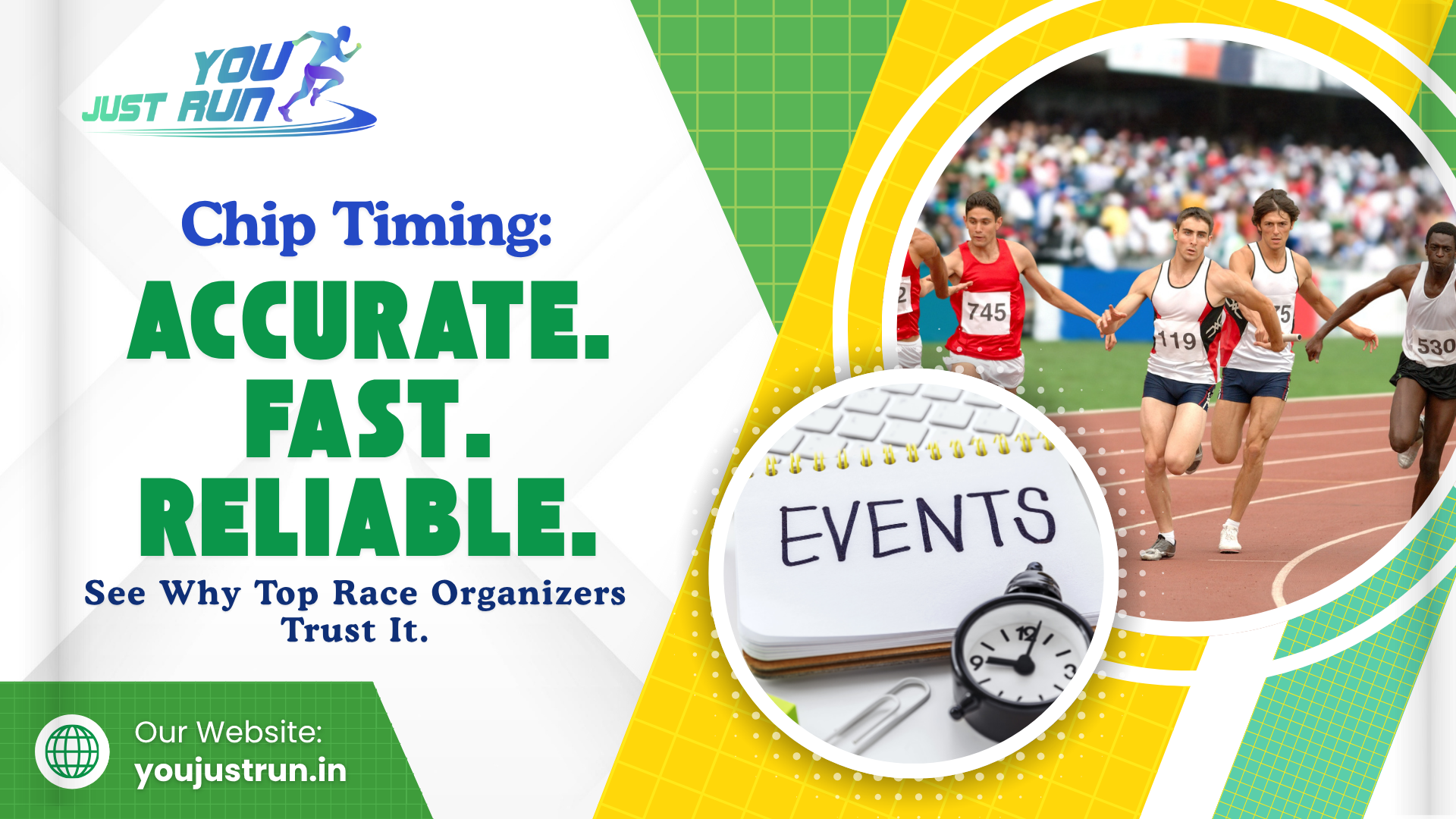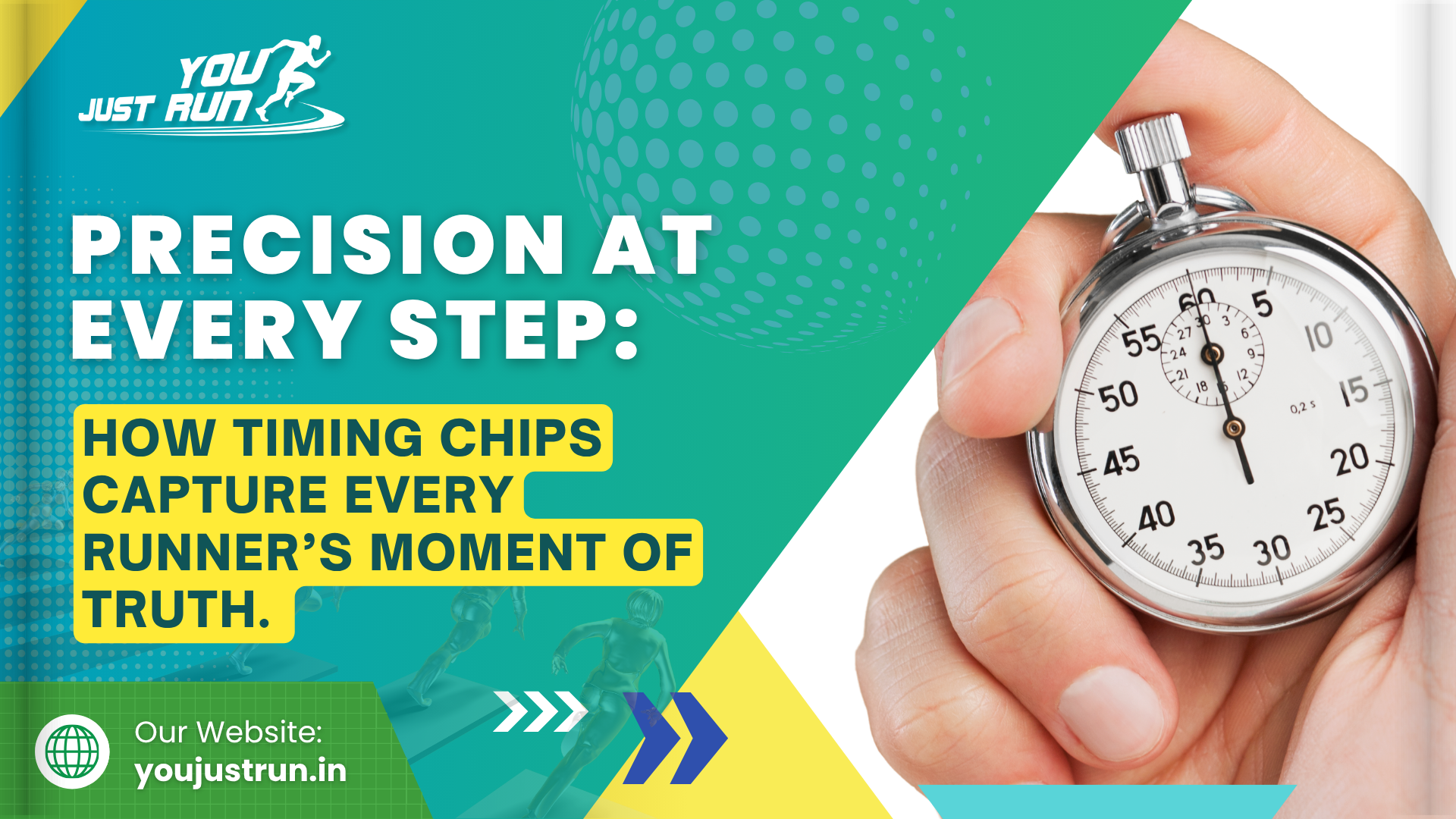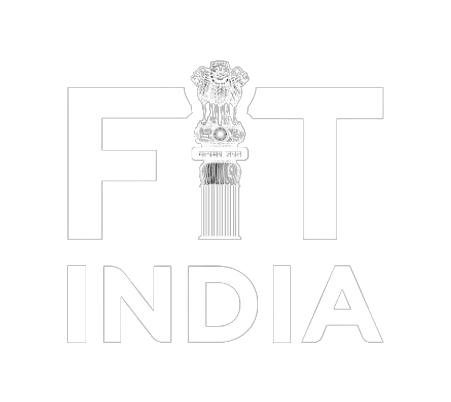Planning a successful race involves much more than getting runners to the start line. From securing permits to managing volunteers, every detail counts. One element that often goes unnoticed—until it goes wrong—is race timing. A reliable Running Timing System is an organizer’s most essential tool. It does more than just record finish times; it can influence the reputation of your event, shape participant experience, and even attract valuable sponsors.
Let’s explore how an accurate timing system plays a bigger role than most people realize.
Accuracy Builds Credibility
Runners enter races with goals in mind. Whether it’s a personal best, a qualifying time, or simply finishing strong, every athlete expects their results to be accurate. When your timing system delivers those results precisely and quickly, it adds to your race’s reputation. Runners trust events that treat timing seriously. And when trust builds, so does word of mouth.
Participants feel validated if they cross the finish line and receive immediate, error-free results. It’s one of the most essential post-race moments. A flawed system, on the other hand, can leave runners frustrated—and that frustration often spreads online. Choosing a professional running timing system is an investment in credibility, which you can’t afford to lose.
Sponsors Look for Professionalism
Sponsorships are a key part of most race budgets. However, sponsors don’t hand over funding without doing their research. They want to associate their brand with events that reflect quality and attention to detail. A precise running timing system tells them your event is serious, structured, and capable of drawing a dedicated audience.
Think about it from the sponsor’s point of view. Their brand will be featured in race-day photos, digital result sheets, and social media posts. If your event has a reputation for delivering accurate, real-time results, its name will appear alongside what runners value: performance. That kind of brand alignment is powerful and often gets a sponsor to say yes.
Timing Creates a Better Race Experience
Race day is a high energy, and every second counts—for runners and organizers alike. A strong running timing system helps manage the flow of participants from check-in to the finish line. It allows you to track waves, manage multiple categories, and generate real-time results.
Participants want smooth logistics. They want their bibs scanned, their splits measured correctly, and their finish times displayed immediately. When you deliver that experience, runners remember. And they return. This consistency increases participation over time and helps you build a community around your race.
Data That Goes Beyond the Finish Line
Accurate timing does more than wrap up race day—it gives you data you can use to promote your event all year long. Finish times, age-group rankings, and participation stats can be used in newsletters, social posts, and sponsorship reports. It’s all part of creating a story around your event.
Sponsors love data. It helps them understand their reach and the kind of audience their race attracts. You can share how many runners completed the event, how many improved their times from last year, or how many viewed the online results page where their logo was featured. Using a professional running timing system gives you access to clean, organized data that supports your marketing and sponsorship efforts well beyond race day.
Growth Starts with Reliability
Many race organizers want to expand—more runners, bigger venues, and higher sponsorship levels. But growth doesn’t come without reliability. You can’t manage a larger crowd or land corporate sponsorships if your timing system is inconsistent.
The most successful races have one thing in common: participants know what to expect. They know their time will be accurate, results will be posted on time, and the race experience will be smooth from start to finish. That kind of trust only comes from using the right tools, and timing is one of the most critical.
Conclusion
A professional running timing system may not be the flashiest part of your event, but it plays a key role in how people experience your race. From building runner confidence to giving sponsors the assurance they need, accurate timing is about more than numbers. It’s about trust, reputation, and opportunity.
As you plan your next event, consider how your timing system fits into the bigger picture. With the right technology and approach, you’re not just timing a race but creating a foundation for long-term success.









